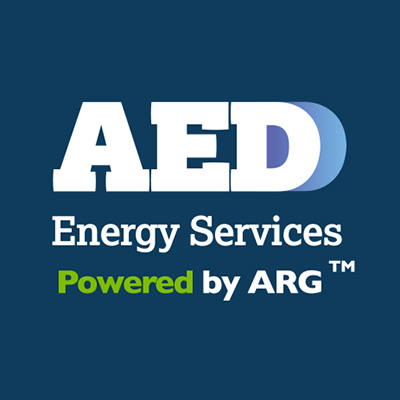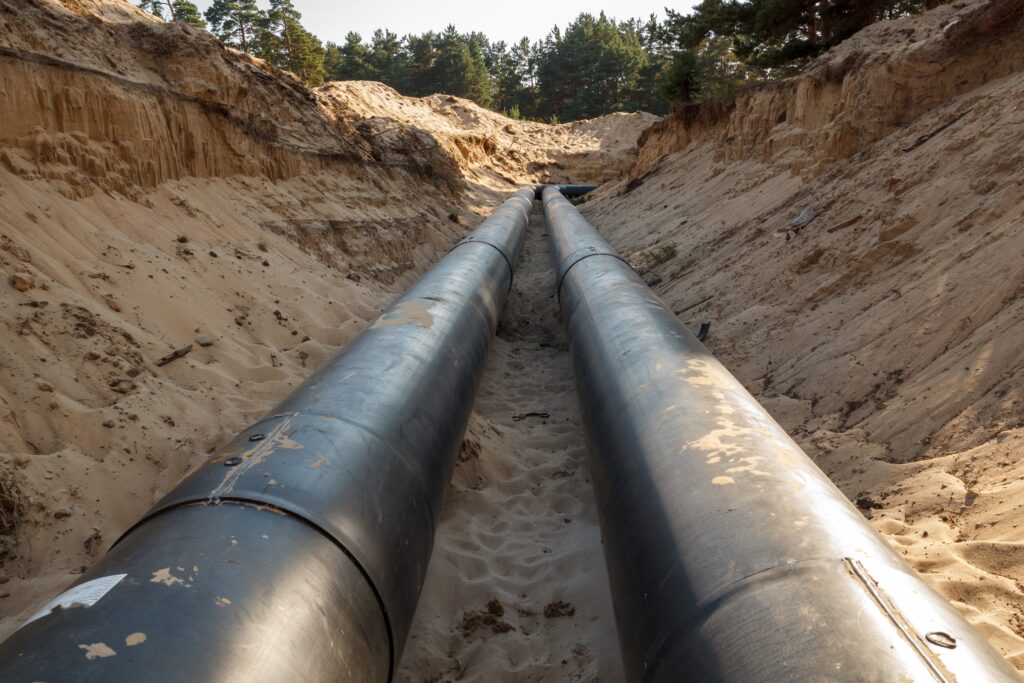Pipeline and utility projects are complex by nature. From regulatory compliance to geotechnical conditions, environmental permitting, and operational constraints, the potential for costly surprises is high. The earlier these risks are identified, the smoother the project runs.
Why Early-Stage Engineering Matters
Early-stage engineering, including feasibility studies and concept design, allows teams to identify potential issues before construction begins. This proactive approach provides clarity on permitting requirements, identifies geotechnical challenges, and highlights regulatory risks that could otherwise delay a project.
By addressing these factors upfront, teams can make informed decisions about design, routing, and construction methods. This reduces the likelihood of redesigns and helps keep schedules on track.
Common Risks in Midstream and Pipeline Projects
- Regulatory and permitting risks: Delays in approvals, environmental compliance gaps, and changing state or federal regulations can halt construction or require costly adjustments.
- Geotechnical and site conditions: Soil composition, groundwater, and terrain can impact design choices, construction methods, and long-term pipeline integrity.
- Right-of-way and land access: Securing land access, both permanent and temporary, and navigating easements early avoids conflicts and potential legal issues.
- Environmental constraints: Wetlands, endangered species habitats, historical and cultural significance, and other sensitive areas can require additional planning and mitigation measures.
- Operational and safety considerations: Identifying potential hazards in advance helps protect workers, prevent environmental incidents, and ensure adherence to industry safety standards.
Turning Insight into Action
Early engineering does more than identify risks. It provides solutions. Concept designs can incorporate mitigation strategies, alternative routing, or construction methods tailored to site-specific challenges. By the time a project reaches execution, surprises are minimized, and the team is prepared for contingencies.
Proactive Planning Benefits
- Reduced redesign costs: Early detection prevents late-stage changes that are expensive and time-consuming.
- Regulatory confidence: Understanding permitting requirements ahead of time ensures smoother interactions with authorities.
- Operational efficiency: A clear plan minimizes downtime and delays, keeping projects on schedule.
- Stakeholder alignment: Early risk identification allows all parties, including engineers, contractors, regulators, and landowners, to plan effectively together.
Conclusion
Proactive, early-stage engineering is essential for midstream and utility projects. By identifying risks before construction begins, teams can maintain compliance, optimize project schedules, and reduce costs. In the high-stakes world of pipeline development, spotting the risk before the build is the most reliable path to success.

